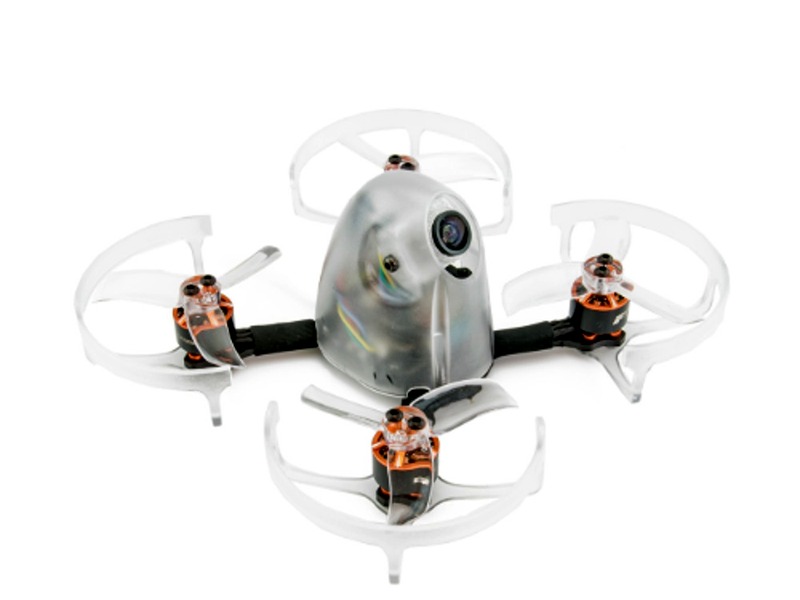How high can FPV drones go?

FPV (First Person View) drones are becoming increasingly popular among drone enthusiasts, and the technology is constantly improving. But how high can FPV drones actually go?
The answer to this question really depends on the type of drone you’re using. Generally speaking, most consumer-level FPV drones have a maximum flight altitude of around 400 feet. This is due to the fact that the majority of these drones are equipped with GPS-based altitude-limiting features. These features help keep the drone within a certain range, preventing it from flying too high and potentially entering restricted airspace.
However, some higher-end FPV drones can reach much higher altitudes. For example, the DJI Inspire 2 can reach a maximum altitude of 4,500 feet, while the DJI Mavic Pro can reach a maximum altitude of 5,000 feet.
It’s important to remember that flying a drone at an altitude of 400 feet or higher is considered illegal in many countries, so it’s important to check the local laws before attempting to fly at such heights. Additionally, flying a drone at a high altitude can be dangerous, as the drone is more likely to experience strong winds, turbulence, and other environmental factors that can cause it to lose control.
In addition to the altitude limitations imposed by the drone itself, there are also altitude restrictions imposed by the FAA in the US. The FAA has a maximum altitude limit of 400 feet for drones, and any drone flying above this limit is considered to be in violation of the law.
In conclusion, the maximum altitude for FPV drones depends on the type of drone you’re using and the local laws in your area. Generally speaking, consumer-level drones have a maximum altitude of around 400 feet, while higher-end drones can reach altitudes of up to 5,000 feet. However, it’s important to remember that flying a drone at an altitude of 400 feet or higher is considered illegal in many countries, and it’s important to check the local laws before attempting to fly at such heights.

